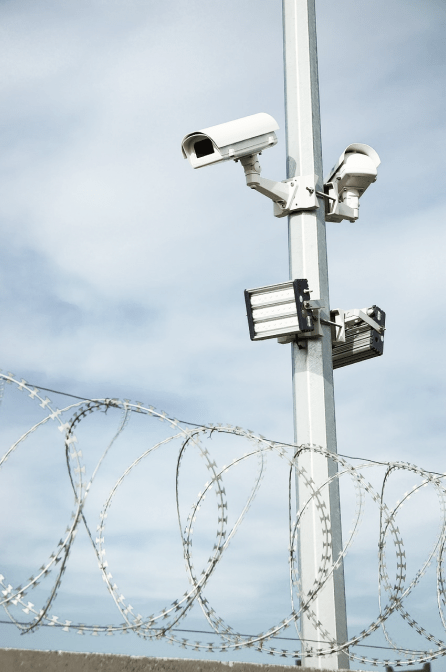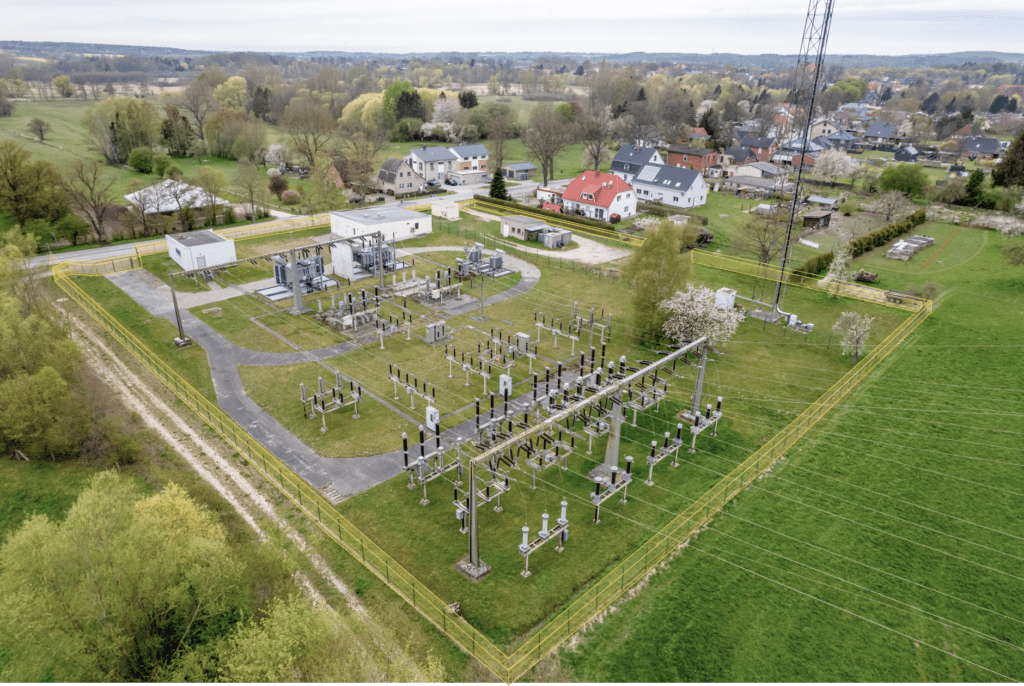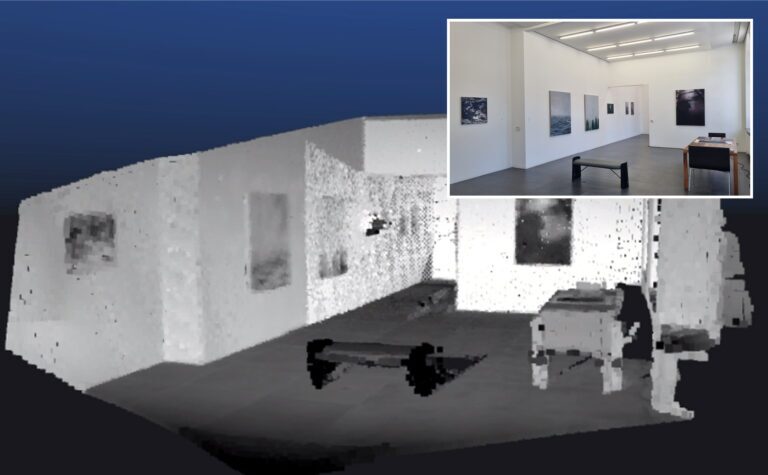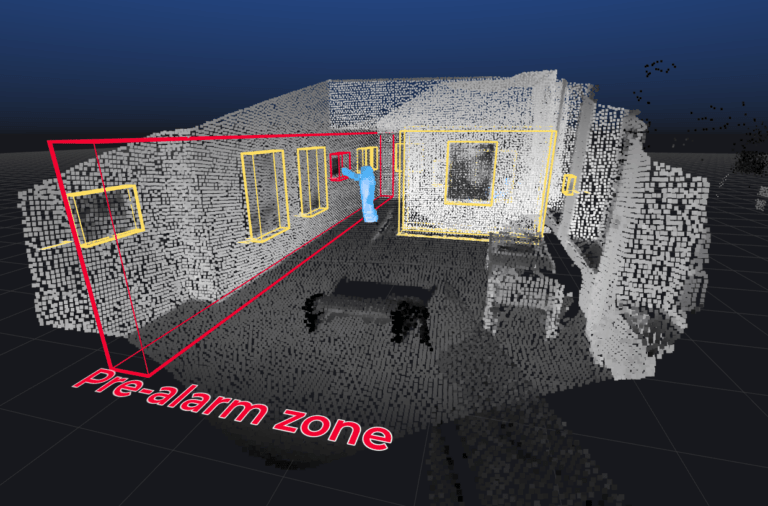The energy sector is one of the cornerstones of modern society – yet it often only gains attention when something goes wrong. Power outages, technical failures, or attacks on facilities make us aware of how dependent our daily lives are on a stable energy supply. Protecting critical infrastructure such as power grids, substations, or solar parks is therefore essential – not only to ensure energy availability but also to safeguard human life and the environment.
While IT security measures often receive the most attention, modern security strategies must go further. In addition to cybersecurity, physical protection of energy facilities is a crucial component of a comprehensive security concept. This is where Perimeter Intrusion Detection Systems (PIDS) come into play – systems that use sensor data fusion and real-time analysis to reliably detect and prevent unauthorized access to sensitive areas.
Security Requirements for Critical Infrastructure in the Energy Sector
According to Germany’s KRITIS strategy and the Federal Office for Information Security (BSI) Act, facilities are considered critical infrastructure if their failure could result in significant supply disruptions or major public safety issues. Substations, power plants, control centers, or large photovoltaic installations fall into the KRITIS category “Energy,” making it legally mandatory for operators to implement organizational and technical measures to prevent disruptions.
In practice, this means energy infrastructure must be protected against manipulation, sabotage, and attacks. This applies to both IT systems and the physical security of sites, forming the foundation of a resilient energy supply.
Securing Critical Infrastructure with Perimeter Intrusion Detection Systems
Many energy facilities, such as substations or solar parks, operate fully automatically, making protection against unauthorized access, manipulation, or vandalism critical to prevent widespread outages. A key challenge is that these sites are often remote, unmanned, and cover large areas, requiring reliable protection in all weather conditions. PIDS are frequently deployed alongside costly fences to enhance perimeter security.
A Perimeter Intrusion Detection System (PIDS) is a security solution designed to detect unauthorized access or intrusion attempts along the physical boundaries of a building or facility. Its primary goal is early warning and detection of intruders, allowing security personnel to respond quickly and effectively.
Even with such systems, facility operators and security companies often face false alarms, theft attempts, and privacy concerns, resulting in high manual verification efforts, alarm fatigue, and ultimately increased costs.
Challenges of Existing Security Systems
Traditional sensors, cameras, and radar systems increasingly reach their limits when it comes to protecting critical infrastructure. Motion detectors react to even the smallest movements, and cameras lose effectiveness in darkness or adverse weather conditions.
Thermal cameras provide more reliable data but are often incompatible with privacy regulations, as they allow individuals to be clearly identified. Radar systems also face physical limitations – particularly in metal-rich environments such as substations, where lines and structures can interfere with signal quality.
The result: too many false alarms, insufficient precision, and growing uncertainty for operators.

Reliable intrusion detection with D LiDAR
This is where 3D LiDAR technology comes into play, providing precise and reliable intrusion detection for perimeter security. LiDAR sensors use laser pulses to scan the environment and generate a high-resolution 3D point cloud. This allows intruders to be detected accurately, regardless of lighting or weather conditions.
Since the sensors have their own light source, they provide precise data around the clock. The three-dimensional detection allows clear differentiation between humans and smaller objects like animals or vegetation. At the same time, privacy requirements are fully maintained, as point clouds do not allow identification of individuals.
Another advantage: LiDAR sensors can be seamlessly integrated into existing Perimeter Intrusion Detection Systems and connected via interfaces to control centers or SCADA systems. This creates a continuous security network that responds in real-time and strengthens the protection of critical infrastructure.
LiDAR for Protecting Critical Infrastructure
In practice, LiDAR sensors are installed to monitor defined security zones, for example, the fenced perimeter of a substation or the aisles between solar panels. The corresponding perception software allows the creation of virtual protection zones. When an object enters a zone and exceeds a defined size, an alarm is triggered and security personnel are notified.

This precise object detection significantly reduces false alarms and enables rapid, automated responses to real threats. Especially in large solar or wind parks, which often operate without physical fences, this technology provides a flexible, cost-effective solution without extensive construction requirements.
A New Era of Security in the Energy Sector
LiDAR-based Perimeter Intrusion Detection Systems mark the beginning of a new era in protecting critical infrastructure. Their weather independence, precision, and privacy-compliant operation make them a key technology for modern security concepts.
With increasing automation and digitalization, the physical security of energy facilities becomes an ongoing task. The more processes are digitally controlled and interconnected, the more important it is to prevent unauthorized access to critical components. Only then can outages, sabotage, or manipulation be detected early, ensuring continuous energy supply. Intelligent PIDS solutions that combine sensor data with smart analysis achieve a level of security far beyond conventional methods.








